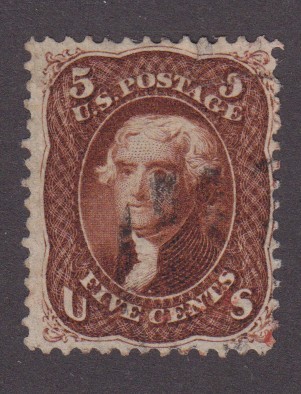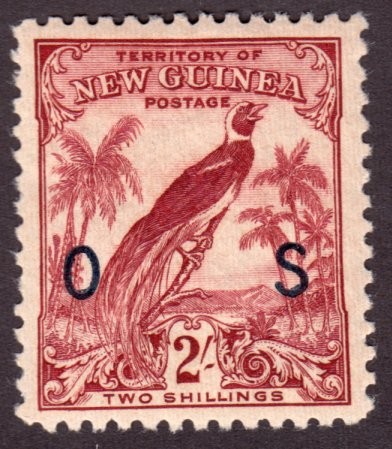
Discussion - Member to Member Sales - Research Center

Discussion - Member to Member Sales - Research Center

Tax requirement only one two cent stamp R155.
This instrument has 2 stamps.
I'm not an expert, so I'm asking for the SOr member(s) who know more than me to answer what's going on here, please help?

Login to Like
this post
Not too sure, but it seems like an un IR'd 2c on a revenue doc would be expensive?

Login to Like
this post
I don't pay close attention to U.S. revenues, but the instrument is dated as of the first day of the tax, and a promissory note would be taxed at two cents per $100.00 of value (rounded up), so four cents would appear to be the correct tax.
I don't know about the July 2 stamp being under the July 1 stamp. It seems hard to imagine that a clerk would make a typo about the first day of a new tax?
I don't think the two stamps were canceled by the same person. The date format and the "8" really don't match, and the letters in the company name don't match all that much, either.
My two cents. (Which, in this case, is the correct rate.)

1 Member
likes this post.
Login to Like.
My take on this item in question.
4 cents were required by the 1898 tax act.
By why were the two stamps here canceled on 2 different dates.
My guess is the new tax was misunderstood and the company by mistake thought the correct tax was 2 cents (R155 dated 1 July 1898!)
The next day the company corrected their mistake and added another 2 cent stamp (267). But this was a mistake as a 2 cent revenue stamps was required like R155!
There is still a question why the R155 is on top and the 267 is on the bottom?
This is my guess.

Login to Like
this post

It's a mystery as there are two 2 Cents stamps (R155 dated 1 July 1898, and 267 dated 2 July 1898), I think both stamps are hand scribed by same person.
Tax requirement only one two cent stamp R155.
This instrument has 2 stamps.
I'm not an expert, so I'm asking for the SOr member(s) who know more than me to answer what's going on here, please help?

Login to Like
this post

Approvals
re: Promise to Pay Note 1 July 1898 Mystery
Not too sure, but it seems like an un IR'd 2c on a revenue doc would be expensive?

Login to Like
this post

re: Promise to Pay Note 1 July 1898 Mystery
I don't pay close attention to U.S. revenues, but the instrument is dated as of the first day of the tax, and a promissory note would be taxed at two cents per $100.00 of value (rounded up), so four cents would appear to be the correct tax.
I don't know about the July 2 stamp being under the July 1 stamp. It seems hard to imagine that a clerk would make a typo about the first day of a new tax?
I don't think the two stamps were canceled by the same person. The date format and the "8" really don't match, and the letters in the company name don't match all that much, either.
My two cents. (Which, in this case, is the correct rate.)

1 Member
likes this post.
Login to Like.

re: Promise to Pay Note 1 July 1898 Mystery
My take on this item in question.
4 cents were required by the 1898 tax act.
By why were the two stamps here canceled on 2 different dates.
My guess is the new tax was misunderstood and the company by mistake thought the correct tax was 2 cents (R155 dated 1 July 1898!)
The next day the company corrected their mistake and added another 2 cent stamp (267). But this was a mistake as a 2 cent revenue stamps was required like R155!
There is still a question why the R155 is on top and the 267 is on the bottom?
This is my guess.

Login to Like
this post

